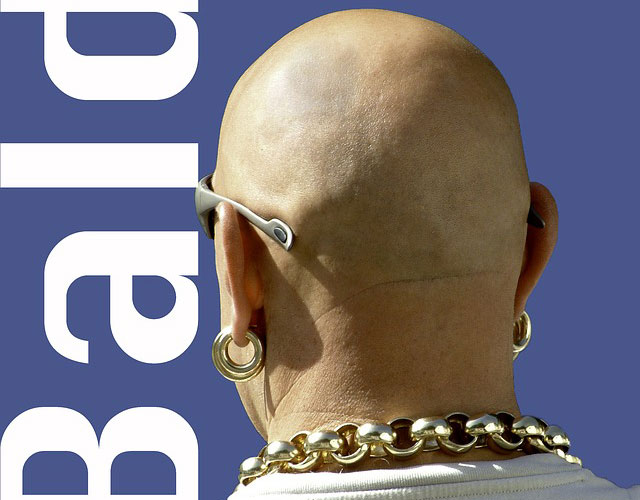
How does the skin develops its hair-producing follicles? According to researchers from the University of Southern California (USC), the answer lies in a cell/ tissue culture method known as ‘organoids’. This technique, aimed at mimicking organ structure and function, consists of a cluster of cells grown in vitro. The study focused on organoids that possess basic skin properties, which include the ability to grow hair.
The team of researchers, led by first author Mingxing Lei, ran a detailed analysis of how skin organoids behave and form. As a starting point, they used progenitor cells dissociated from skins of both newborn and adult mice. To monitor the cells in vitro, researchers took 3-D images as the skin cells developed into organoids. As a result of this observation, they were able to identify the following six distinct stages that comprise the organoid development:
- dissociated progenitor cells;
- aggregated cells;
- polarized cysts;
- coalesced cysts;
- layered skin; and
- skin with follicles which were transplanted into nude mice for observation.
According to the research, organoids that grew from newborn cells completed all six stages. On the other hand, organoids from adult mouse cells reached only stage 2 before their development got stalled. Adult organoids have to reach the sixth stage for hair regeneration to happen.
To look for explanations, the researchers focused their attention on the molecular and physical processes that govern these six stages. At several points during the research and specific locations in the organoids, they discovered instances where genetic activity was heightened for various processes, which included collagen and insulin production. By blocking some genes at different stages, the team was able to pinpoint which genes were essential to complete all stages of organoid development.
Based on the findings, researchers then came up with a “how to” guide that could drive dissociated cells from newborn mouse skin to self-organize into organoids through all six stages. By applying the newly found clinical application technique to the adult organoids (whose development got stalled), the scientists were able to activate these cells as well as prompt them to develop to the point where they could grow hairs robustly in vivo after transplantation to nude mice. In other words, organoids made from dissociated progenitor cells kept developing until they reached regenerative stage. Not only that, but the method also helped adult organoids produce 40% more hair than their newborn counterparts.
“Normally, many aging individuals do not grow hair well, because adult cells gradually lose their regenerative ability,” said Cheng Ming Chuong, senior author of the study. “With our new findings, we are able to make adult mouse cells produce hair again. In the future, this work can inspire a strategy for stimulating hair growth in patients with conditions ranging from alopecia to baldness.”
In the US alone, 56 million men and women experience varying degrees of hair loss. While there are available procedures and medications to treat this condition, scientists are still having difficulties putting an end to baldness, along with the frustrations and insecurities associated with this condition.
The USC’s study on organoids will eventually inspire some future use in stimulating hair growth in patients suffering from baldness. This research, along with other studies, offers new hope that ‘the self-organizing processes can be restored via environmental reprogramming’, an approach which will hopefully lead one day toward finding a permanent solution to hair-loss.
The findings of the USC study can be read in the Proceedings of the National Academy of Sciences (PNAS).
- Bulenox: Get 45% to 91% OFF ... Use Discount Code: UNO
- Risk Our Money Not Yours | Get 50% to 90% OFF ... Use Discount Code: MMBVBKSM
Disclaimer: This page contains affiliate links. If you choose to make a purchase after clicking a link, we may receive a commission at no additional cost to you. Thank you for your support!

Leave a Reply